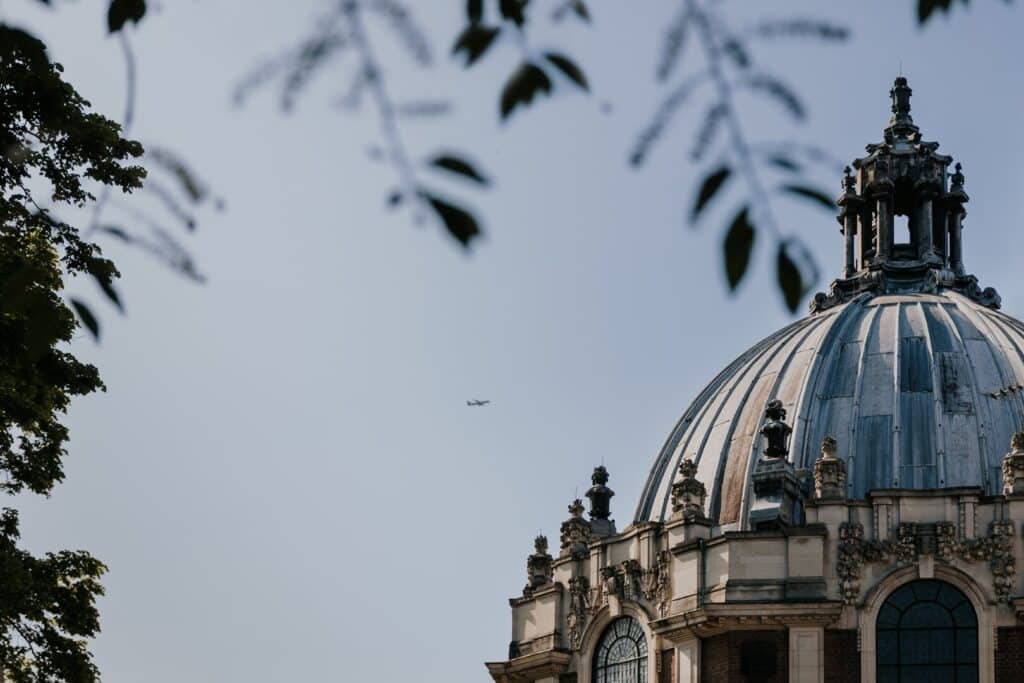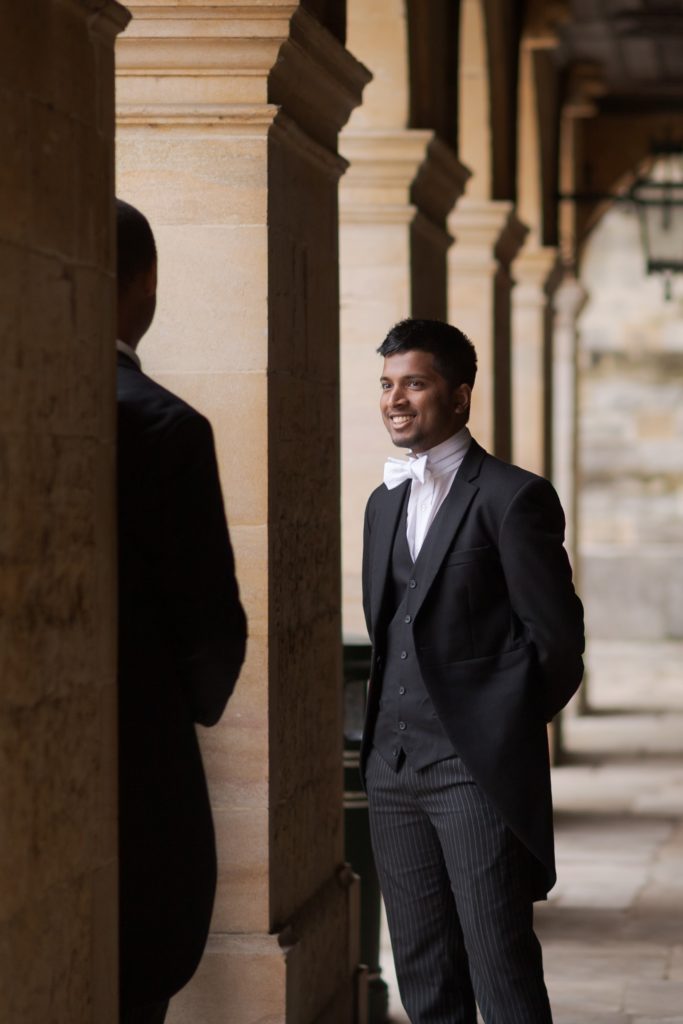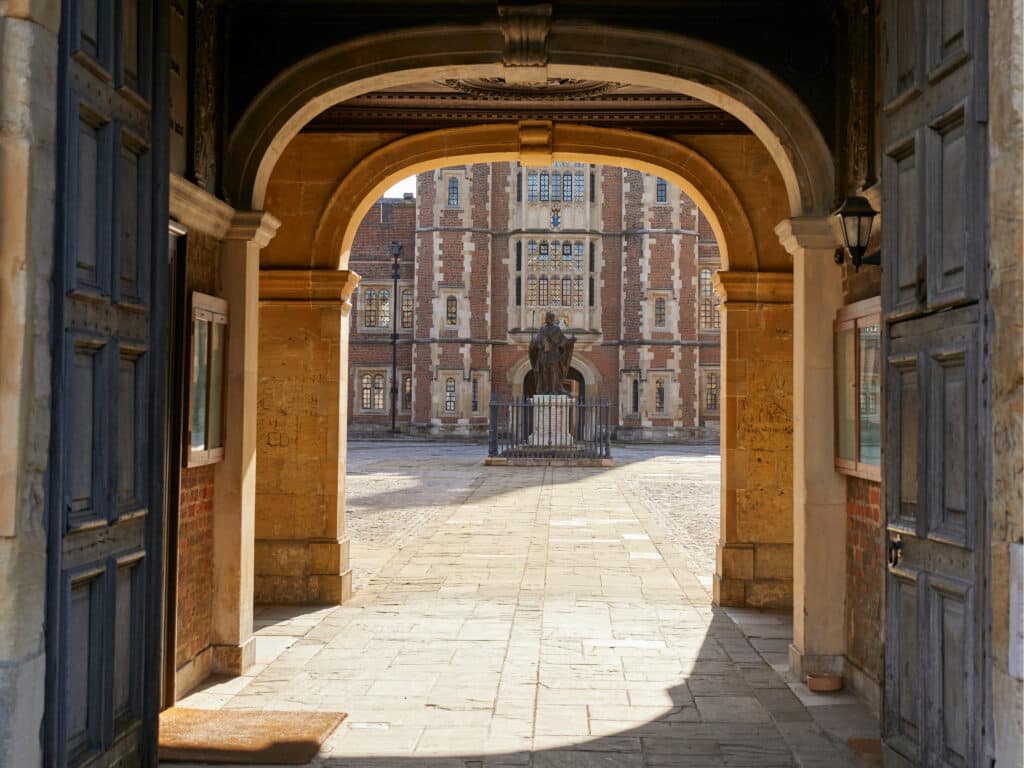D History Visit to Auschwitz
The 2011 D History Trip (A Visit to Auschwitz) took place during Long Leave, departing on Wednesday morning and returning on Friday afternoon. The trip involved 44 D Block Historians, who engaged very well throughout the trip, paying close attention and asking lots of questions. With a view to entering the right frame of mind for this demanding trip, the boys had attended a preparatory session given by Professor David Cesarani, Britain’s most prominent Holocaust scholar, who gave a thought-provoking lecture, focusing on some key questions that the boys should turn over in their minds before and during the trip.
The content of the trip proceeded along chronological lines, from the tensions of the inter-war years, through the Second World War, up until the post-war refugee crises and the foundation of the state of Israel.
Wednesday was spent in Krakow, starting with a tour of museums and synagogues in the Jewish quarter of Kazimierz to show what life for Eastern European Jews was like before the coming of the Nazis. At the Galicia Museum, we attended a talk by Henryk Czubay, an 89 year old Polish survivor of the camps. A former member of the Polish resistance, he spoke in great detail about his experiences before and after his capture, stimulating the boys to ask further questions. The session lasted an hour longer than scheduled, but the boys were keen to learn more and Mr Czubay was happy to talk. It was clear that the boys appreciated this valuable opportunity to speak to someone who actually lived through the events. This was followed by a visit to the site of the ghetto, the walled zone into which the city’s Jewish population was forced to relocate in 1941. There was a brief stop at Oskar Schindler’s factory, and then a visit to the site of Plaszow, a forced labour and concentration camp within the city.
Thursday was spent in Auschwitz. During the long journey there, the boys read through the handouts that had been prepared for them, including information on the development of the camps and testimonies by survivors. As the group was guided through the main camp (Auschwitz I) and then across the expanse of Birkenau (Auschwitz II), the systematised Nazi process of brutality, dehumanisation, murder and plunder became apparent. The visit to each camp was concluded with a short memorial ceremony.
These visits were supplemented with short tutorial-type sessions and then a longer whole group symposium at the very end of the trip. Boys acted out interviews with survivors and eyewitnesses, debated the Allied response, or lack thereof, to the events of the Holocaust (one boy acting as prosecution, one as defence and the rest as jurors) and concluded by sharing reflections on what they had seen and learnt during the trip. There were also opportunities to rest and recuperate, including free time in Krakow city centre, meals in traditional Polish and Jewish restaurants and a short concert of Klezmer music.
HAS
Thoughts At Auschwitz
When the sun cuts through the crisp October air and gently bathes row after row of wooden huts, and, where the huts have long ago been burnt down, forests of brick chimneys, the scenery at Auschwitz-Birkenau is startlingly serene. Beautiful, even. And this eerie beauty makes it that much harder to fully comprehend the sheer extent of the crimes committed on these very grounds some 70 years ago.
As we struggle to understand the enormity of this evil against humanity, we must also remember that it was one committed by other humans. Over 8000 members and leaders of the SS and the Nazi military played a part in the running of these camps and lent a hand in the murder of millions of innocent people. About 90% of these men escaped trial at Nuremberg following the German defeat, and started lives elsewhere. But what is perhaps more striking is that most of these men, the perpetrators of the crime, were by and large not so different from you and me – they were normal people in their daily lives. There was the odd psychopathic, sadistic, cold-blooded killer in their ranks, and we hear stories of them all the time (for example, the SS captain Amon Göth, famously portrayed in Schindler’s List to shoot prisoners with his rifle at random). However, the unsettling and somewhat strange truth that we do not often face is that the vast majority of these men had a normal upbringing, although perhaps under the influence of Hitler’s regime and propaganda, and had normal families; these men had memories, emotions, moral codes. They were not hard-wired killing machines, which seems to be a common and unfair depiction.
But somehow, these normal men carried out the worst atrocity ever committed in recorded history. And most of them were not remorseful of their acts. A large number of SS men went back to their families and carried on living their old lives after the war, unaware that they would be persecuted for a crime that they are again unaware of committing. They were numbed to a degree that they could not bring themselves to repent for the torture and murder of millions of people at their hands.
The question that follows is one of justification: how did these men justify their acts of torture and murder both to themselves and others? How did they justify their crimes to God? How were these men able to carry out atrocities unimaginable to the society of today, and yet remain unaffected and often unrepentant?
Perhaps detachment is a significant justification. Perhaps it is because these SS guards were inserting canisters of poisonous gas into a sealed chamber, or shooting prisoners through scoped rifles in their sentry towers. Perhaps it is because most of them were never in close enough contact with the death and suffering they caused to the prisoners. They were not the ones to drag the dead bodies out of the gas chambers, nor the ones to load them into the crematoria – the Sonderkommando, a group formed of prisoners, were the ones responsible for these grisly duties. People often consider the calculated and clinical method of the murder in the Holocaust to add to the evil of the act, but was the clinicality and detachment perhaps what made the act of evil easier to commit in the first place?
The most important justification, though, is the way these SS guards looked at their Jewish prisoners. They were dehumanized, objectified, downgraded to an extent where they were no longer equal: they were of a lesser race, a lesser species. And this is exactly how the SS saw them. Not as equals, brothers made in the image of God, but as pests, vermin, beasts that should be slaughtered. It is perhaps not such a sudden revelation to see how readily humans are prepared to kill. We squash insects and pests without second thoughts; we send farm animals no longer fit for work to the slaughter happily. And when the human connection between two peoples are lost and suppressed, how great a leap really is it to go from killing insects and animals to other human beings who have been dehumanized? The questions that surface consequently are even more disturbing. Would you yourself hesitate before dropping a canister of poison into a room full of pests? How much convincing does it really take for you to disregard an individual, a group, a whole race of people as a ‘pest’ or a threat to your own survival? What suppresses and locks in the natural killer that resides in human nature to preserve our lives? Is it empathy? Conversation? Just how thin and frail is the perceived sanctity of human life? We have been there before and we will be there again. Genocides and wars have come and gone in the history of mankind, but perhaps never one on a scale as terrifying and gigantic as the Holocaust. And it is important to see every single one of these crimes not only as single tragedies, but as sickening glimpses into the darker corners of human nature. The horrors of Auschwitz are not only a warning to humanity, but a warning against the most horrifying faces of human nature, and a deeply troubling question to all of us: how deeply buried are my darkest corners? How deeply buried are yours?
Bill Wu OS (AW)



